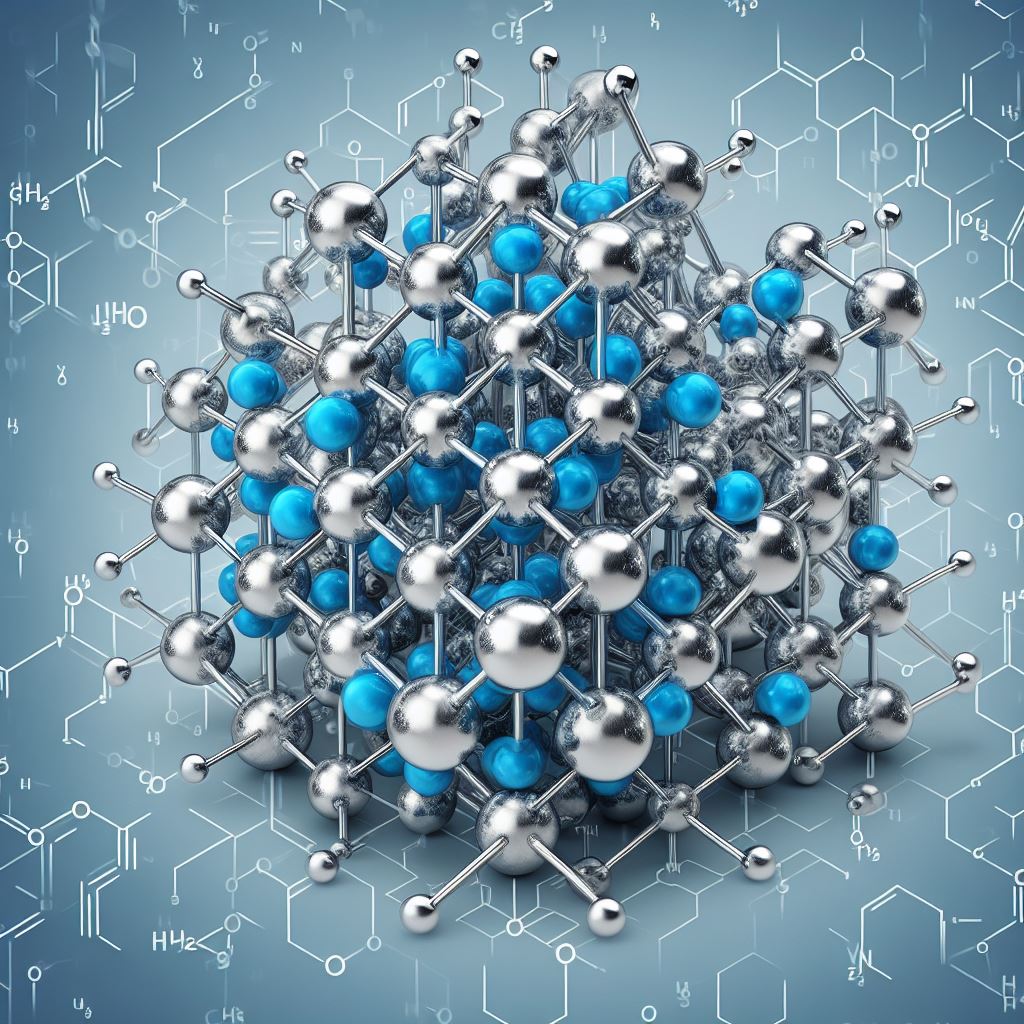Have you ever encountered the term “titanium IV oxide formula” and scratched your head? You’re not alone! Chemical formulas can seem like a cryptic language reserved for scientists. But fear not, because this blog post is here to break down the titanium IV oxide formula in a way that’s easy to understand.
Breaking Down the Elements:
- Titanium: This is a metal element, known for its incredible strength-to-weight ratio. It’s used in everything from aircraft to artificial knees because it’s both sturdy and lightweight.
- Oxygen: This non-metal element is essential for life on Earth. It makes up about 21% of the atmosphere and is necessary for cellular respiration in living organisms.
Roman Numeral IV: A Charge in the Air – Titanium IV Oxide Formula
The “IV” after titanium tells us something important about its electrical charge. In the world of atoms, electrons whizz around the nucleus like tiny planets orbiting a star. Elements tend to be most stable when they have a specific number of electrons in their outer shell. Titanium, in this case, wants to get rid of four electrons to achieve that stability. We represent this lost charge with the Roman numeral “IV.”
Oxygen’s Balancing Act
Oxygen, on the other hand, likes to gain electrons. Specifically, it wants to gain two electrons to become stable and resemble the noble gas neon in its outer shell configuration. This tendency is reflected by its charge, written as “-2.”
Putting It All Together: The Formula Revealed

Now, the magic happens! To create a stable compound, elements bond by exchanging electrons until everyone is happy. In our case, one titanium atom (with its +4 charge) needs to combine with two oxygen atoms (each with a -2 charge) to balance everything out.
The Formula in Action: Titanium IV Oxide Formula
This electron exchange is reflected in the chemical formula, which is TiO2. Here’s the breakdown:
- Ti: This represents one titanium atom.
- O: This represents oxygen.
- 2: This subscript tells us there are two oxygen atoms for every titanium atom.
So, TiO2 represents the simplest whole-number ratio of titanium and oxygen atoms that satisfies their electrical charges, creating a stable compound called titanium dioxide.
The Many Uses of Titanium Dioxide: Titanium IV Oxide Formula
Titanium dioxide is a surprisingly versatile material with a wide range of applications, thanks to its unique properties. Here are just a few examples:
- Paint: Titanium dioxide is a common white pigment, providing opacity and brightness in paints, plastics, and paper. It’s the reason a freshly painted wall is so much more vibrant than a bare one!
- Sunscreen: Titanium dioxide helps block harmful ultraviolet (UV) rays from the sun. When incorporated into sunscreen, it sits on the surface of the skin, scattering and absorbing UV rays before they can damage skin cells.
- Food Coloring: Believe it or not, titanium dioxide is sometimes used as a whitener and opacifier in certain foods. It can make candies appear more vibrant or frosting a brighter white.
Beyond the Basics: The Fascinating World of Chemical Compounds
This is a simplified explanation, of course. The world of chemistry is full of fascinating intricacies. Hopefully, this blog post has given you a basic understanding of the titanium IV oxide formula and the fascinating world of chemical compounds! Chemical formulas are like a shorthand way of telling a story about the building blocks of our world and how they interact. By understanding these formulas, we can start to grasp the invisible forces that shape the world around us.






